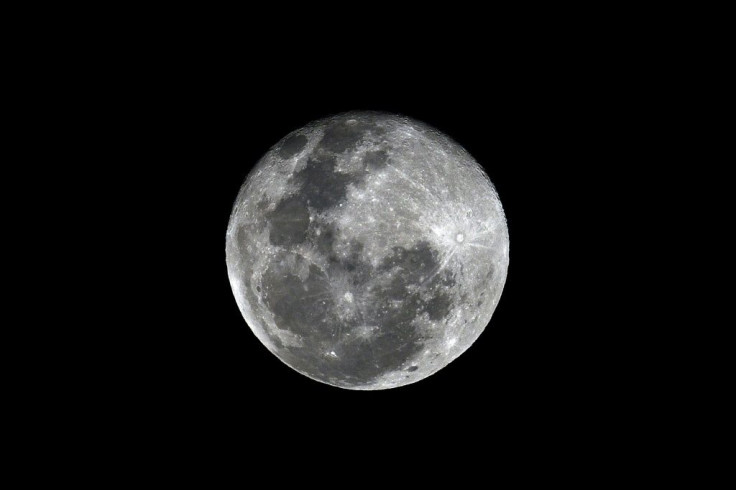Moon Disguises Itself As Saturn In Incredible Photo

KEY POINTS
- A photographer snapped a photo of the Moon looking like Saturn
- The photo was taken from a volcano base camp in Guatemala
- The Moon showed a slight crescent phase in the photo
NASA recently shared a stunning photo of the Moon looking like the Saturn. Like the planet, the Moon appears to have rings around it in the picture.
According to NASA, the photo was originally taken on Dec. 24 last year. It was recently featured in the agency’s Astronomy Picture of the Day (APOD) website on March 16.
The incredible photo was taken by a Francisco Sojue, a photographer based in Guatemala. In order to capture the majestic image of the Moon, Sojue traveled to the Acatenango volcano in the city of Antigue.
Upon reaching the volcano, he hiked for about six hours to reach the base camp. This location provided him with an unobstructed view of the Moon.
From Sojue’s angle, a thin cloud formed right in front of Moon, making it look like Earth’s natural satellite has rings around it like Saturn. Sojue snapped the photo as the Moon hovered over another nearby volcano in Guatemala known as Pacaya.
According to NASA, aside from the cloud in front of the Moon, there are other factors that also contributed to the satellite’s unique appearance in the photo. As explained by the agency, since only most of the Moon is being affected by the light from Earth, it exhibited a slight crescent phase.
The crescent that formed at the bottom part of the Moon appeared brighter than the rest of the cosmic body due to the light from the Sun. Since the bottom part of the Moon got hit by the light from the massive star, NASA noted that the photo must have been taken right before sunrise.
“Why does Saturn appear so big? It doesn't -- what is pictured are foreground clouds on Earth crossing in front of the Moon,” the agency explained in its APOD website.
“The Moon shows a slight crescent phase with most of its surface visible by reflected Earthlight known as ashen glow,” NASA continued. “The Sun directly illuminates the brightly lit lunar crescent from the bottom, which means that the Sun must be below the horizon and so the image was taken before sunrise.”
© Copyright IBTimes 2025. All rights reserved.





















